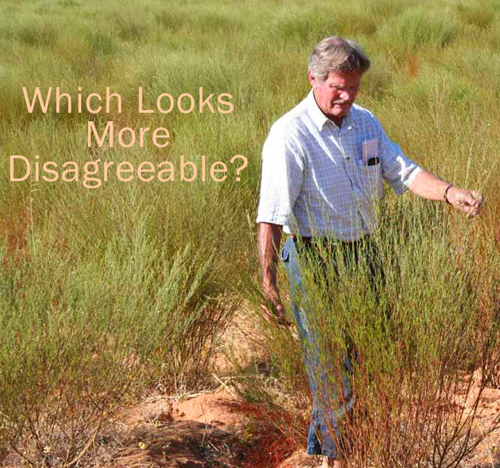
I arrived yesterday after several days in the wine country, and it was sixth consecutive day of perfectly clear, hot summer weather. I was ecstatic, because it meant that the guests I would be welcoming today could truly get to the top of Table Mountain, one of the city’s most famous attractions, but one that is rarely enjoyed.
Table Mountain stands over Cape Town like a behemoth angel frozen since the beauty of the world was unveiled. But its head disrupts the complex winds that come from the east, off the world’s warmest sea, the Indian Ocean; and from the west, off the world’s coldest ocean, the Atlantic. When there is the least bit of meteorological turbulence, the grand mountain spins itself into a cocoon of thick cloud even while every other part of the horizon is clear blue.
So we say the mountain is shy. And we learn never to promise a visit to its top, even if you’ve given yourself the week necessary to fully enjoy this place.
So, today, after my guests had arrived, the mountain was back to normal, hiding in its tablecloth.
Never mind, there are hundreds of things to do here, and top of my list is “city bowl” with its overwhelmingly powerful District 6 museum, a stroll with commentary through the Company Gardens, and another stroll through Bokaap including some Malay finger food. And that’s just a start.
And besides, anywhere you go, it’s simply beautiful. Summer, winter, spring fall, something is blooming and exploding color and fragrance. And the best place of all to see a representation is the world famous Kirstenbosch Gardens, one of seven national botanical gardens and among the best in the world.
But I was prompted to write about Cape Town’s horticultural side, today, because of a news report in yesterday’s Cape Times that casts doubt on the longevity of rooibos – you probably know it as red bush tea.
In contrast to everything I’ve said so far, rooibos is not very attractive. It looks like spiney grass. As it ripens just before harvest, it turns brown and ugly, like giant pine needles covered with mildew. And up close it rather smells like bad sap.
Nonetheless, it is one of the world’s most unique teas. South Africans for centuries have lived by it. Early British tourists couldn’t understand why when they ordered tea this despicable infusion arrived instead. And even today, beware. If you say “tea” without qualifiers, it will be rooibos in your cup.
It is admittedly an acquired taste. Like vegemite, haggis, sweetbreads and other basically repulsive sources of energy, when served at a young enough age an immediate affinity is achieved that if missed requires massive concentration to ultimately tolerate.
So my kids, introduced to rooibos at a young age, swore by it. Or rather swore at me if I came home from a safari without it. It took me about 36 or 37 years to finally acquire the taste, but once achieved, it is truly magnificent. Whereas I once described rooibos as tasting something like an infusion of a recently ripped off outer shell of an aged Michelin steel radial, I now think of it as sort of chocolately.
Rooibos farmers don’t actually farm, since it’s a naturally growing weed in one of the super unique micro-climates of the Cape in an area near the Cedarberg mountains. But the farmer’s skills are essential to maximizing the crop: knowing in particular how to, or not to, prepare the soils after each harvest, which traditionally is right about now.
The rooibos farmers here produce 12000 tons of tea annually, and South Africans keep half of that for themselves, or about 2.4 billion cups. Most of the other 2.4 billion cups are drunk by my kids. I drink several cups a day.
There is no question that it has special nutritional values, and this is what has led to the monster battle between Nestle corporation that is trying to obtain a world patent on the active ingredient of Rooibos, and South Africa, which thinks of rooibos as part of its heart and soul.
So today, after nearly a week of unusually hot temperatures in the Cape (mid to upper 80s), climate change experts quoted in yesterday’s Cape Times say the fragile weed could be doomed.
Horticulturally cultivation has failed. People have tried to grow rooibos in Australia, the United States and South America, to no avail. Cultivated rooibos rarely succeeds. It’s got a mind of its own, this thing, and rising global temperatures might doom it forever.
So if you haven’t yet acquired the taste of rooibos, you better start right away. According to these same experts we have less than a hundred years, and it could well take you half of that to learn to enjoy it.